
Photo courtesy of Eckart

Photo courtesy of Canatu
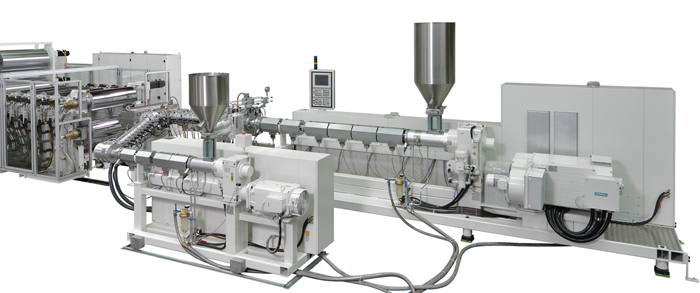
Photo courtesy of battenfeld-cincinnati
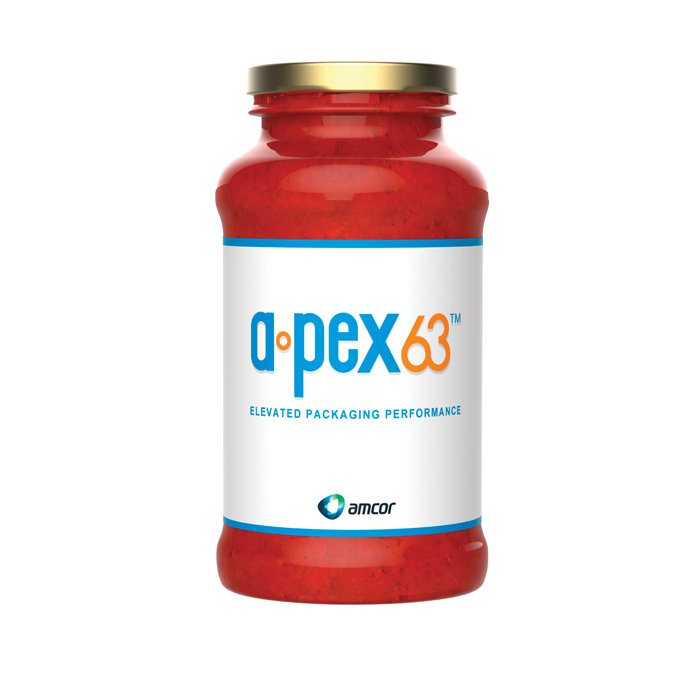
Photo courtesy of Amcor
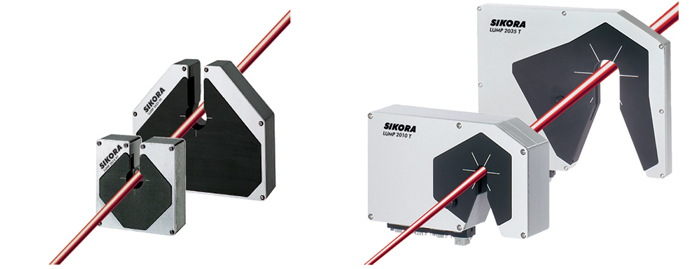
Photo courtesy of Sikora
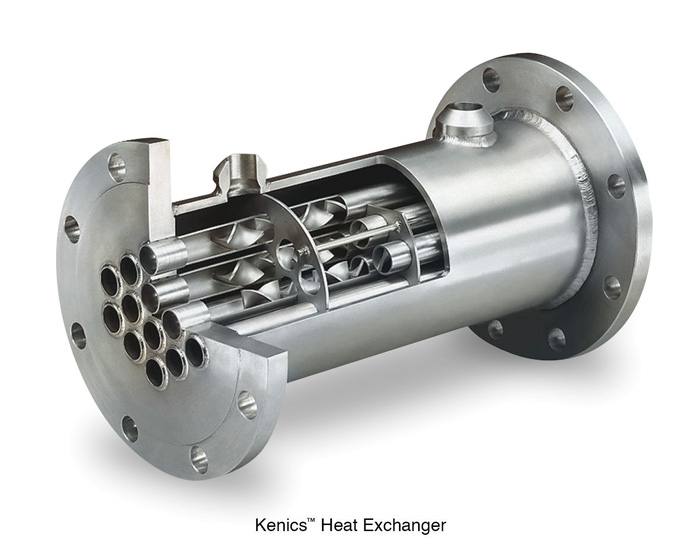
Photo courtesy of Chemineer
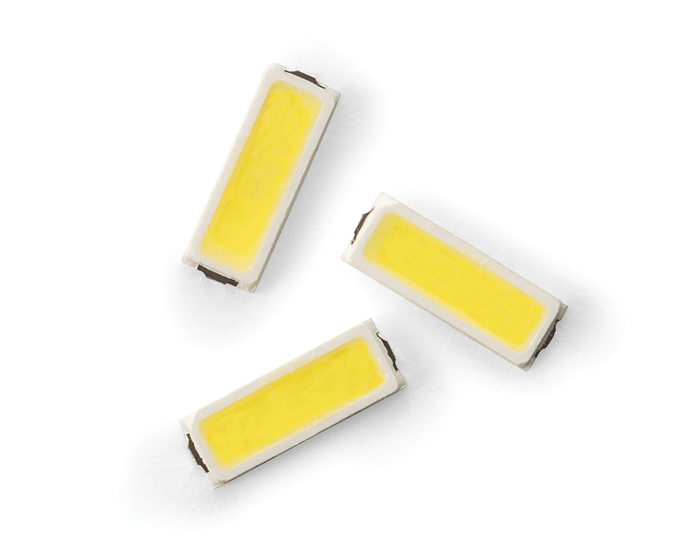
Photo courtesy of Solvay
EnergySafe pigments from Eckart are designed to substantially increase the solar reflectance properties of plastics across a very wide color space. Plastics with EnergySafe Graphite Black reflect up to 33% of the incident solar energy (that is, they exhibit a total solar reflectance (TSR) of 0.33). TSR-optimized formulations restrict or even eliminate the use of carbon black; for comparison, plastics pigmented with carbon black have a TSR below 5%.
EnergySafe Graphite Black can be used to adjust the darkness or L values of plastics articles. It contributes to decreasing the rate of absorption of sunlight. This effect can lower overall heat build-up, thus leading to plastics with reduced surface temperatures. Surfaces of plastic articles with high solar reflectivity will stay cooler under the sun’s powerful radiation.
The product opens up immense potential for the realization of “cool plastics” in very dark shades, while high TSR efficiency—corresponding to low near-infrared absorption—results in reduced heat build-up. This cooling effect may be useful for automotive application like vehicle dashboards or other plastics interior parts which are strongly exposed to sunlight. It’s suitable for polyolefins, engineering plastics, and for PVC, and provides new design opportunities for solar reflective plastics in very dark shades. And EnergySafe does not require a reflective substrate, the company adds.
Canatu, a manufacturer of zero-reflectance and flexible transparent conductive films and touch sensors, today launched CNB™ In-Mold Film, a stretchable, formable, conductive film optimized for 3-D formed capacitive touch displays and touch surfaces for automobile center consoles and dashboards, home appliance control panels, remote controls, smartwatches, and portable electronic devices.
“Touch has recently become the dominant user interface for tablets, smartphones, and other consumer products. One of the remaining challenges for product designers is to build touch sensors into formed or back-molded plastic parts,” says Erkki Soininen, vice president of marketing and sales at Canatu.
“This is especially challenging when those parts involve 3-D shaped curved surfaces. Canatu now has a solution to this design challenge. CNB In-Mold touch sensors free user-interface designers from the flat-surface paradigm, making responsive touch on 3-D surfaces a reality.”
CNB film is stretchable up to and beyond 100% and can be easily formed and back-molded using standard industrial processes such as film insert molding. This means that CNB touch sensors can be produced in almost any shape, from smooth spherical domes to sharp-edged casings with recesses and bulges. With CNB-based touch sensors, mechanical buttons in automotive dashboards, portable and wearable devices, washing machines, clothes dryers, dishwashers, ovens, and other appliances can be replaced with a robust water- and dust-proof 3-D-formed touch user interface.
More than 250 high-speed extruders from battenfeld-cincinnati have now been installed on all continents of the world. Whether for thermoforming sheet, industrial sheet, or edge bandings, the high-speed machines excel in the sheet industry by their enormous output combined with low energy
consumption and modest space requirements.
For ten years now, the German-Austrian extruder specialist has achieved market success with a complete series of high-speed extruders. Now this pioneer in this special technology is extending its machine portfolio by adding an adiabatic extruder which uses about 10% less specific energy.
The high-speed 34D-long single-screw extruders, with a screw diameter of 75 mm, reach outputs of up to 1.8 ton/hr and operate with screw speeds of up to 1,500 rpm. This is how high outputs can be achieved with a small machine size, and with optimal melt attributes. The extruders are used for PP, PS, APET, CPET, PLA, and PE processing, as well as in PC sheet lines.
Based on extensive field experience and latest findings from laboratory tests, battenfeld-cincinnati has now developed an adiabatic high-speed extruder with virtually optimal energy efficiency. This new process technology has made it possible to reduce energy consumption by yet another 10% compared to previous high-speed models, which already use 25% less energy than conventional extruders with the same output rates. After this high-speed model was presented at the K 2013 for the first time, the pilot machine has now been in production operation for several months.
This machine is laid out for a medium output range of 800 kg/hr (900 kg/hr for PP and PS). In addition to its low energy consumption, the processing machine stands out with an extremely low noise level in operation and a 10% higher specific feed rate.
Apart from the advantages already mentioned, the machine‘s heat emission to its environment has also been reduced considerably by the new process technology concept. This
significantly improves production conditions, especially during the summer months, the company explains.
PolyOne was recognized at the SPE Automotive Innovation Awards ceremony for its participation in developing an all-plastic temperature sensor, which will be commercially introduced on the 2015 Ford Edge. The sensor directly measures and averages duct air temperatures to control heating and cooling in the vehicle.
The new patent-pending sensor, a finalist in the Body Interior category, is easier to assemble and weighs 38% less than the current metal design. The sensor’s design eliminates the need for a rubber O-ring, simplifying assembly and blocking duct leakage paths. In addition, the new sensor’s faster response time leads to improved occupant comfort and better fuel economy.
PolyOne worked with sensor manufacturer TDK-EPC Corp. to define performance and processing parameters, then formulated a specialty polyamide-based material for the application.
“We are extremely pleased to once again be recognized by this prestigious automotive awards program for our collaborative efforts in replacing metal to improve production efficiency, reduce weight, and raise performance,” says Kurt Schuering, vice president, Global Key Accounts.
Amcor Rigid Plastics, a manufacturer of rigid plastic packaging for food, beverage, spirits, home/personal care, and healthcare industries, has announced the development of unique hot-fill polyethylene terephthalate (PET) containers which accept metal lug closures—a first for the food packaging industry. The breakthrough technology, called the A-PEX63TM system, was unveiled at the Private Label Manufacturers Association (PLMA) annual trade show Nov. 16-18 in Rosemont, Illinois, USA.
The innovative technology allows the fitment of metal lug closures to blow-and-trim 24-oz. hot-fill containers, the company explains. For the first time, consumers who are familiar with the look and quality feel of a glass jar with a metal lug closure can now enjoy the same quality and reassurance of the fresh “pop” of a metal lug closure on a lightweight, shatter-proof PET jar.
The A-PEX63 TM system ensures that sealing integrity is maintained and meets the industry average for removal torque (ease of opening). Brand owners can also maintain the same brand equity with the switch from glass to PET.
The patent-pending technology was achieved through the use of advanced design and engineering techniques, according to Bunlim Ly, senior marketing manager for Amcor Rigid Plastics. “This is a major development which firmly positions PET hot-fill containers in the food packaging industry,” says Ly. “We’ve filled an important need for consumers and brand owners who seek the benefits of PET containers with metal lug closures, delivering the same quality and freshness associated with glass along with significant performance, manufacturing, and sustainability benefits.”
For continuous quality control in hose and tube extrusion lines, Sikora lump detectors are just as essential as diameter measuring devices. The 2- and 3-axis lump detectors Lump 2000 XY and Lump 2000 T detect the smallest lumps and neckdowns on the product surface fast, precisely, and with high reliability.
By the use of a powerful signal processor, the number, height, depth, and length of the faults are evaluated. The combination of the double sensor technology (differential measuring principle) with infrared light sources ensures reliable fault detection, even under difficult conditions such as dirt or extreme vibration. The lump detector is sturdy, and due to its small dimensions, it can easily be installed in every extrusion line.
The setting of tolerance thresholds and the visualization of lumps and neckdowns are realized with Sikora’s Remote 2000 or a processor system of the EcoControl series. Alternatively, the Lump 2000 devices can be directly integrated with the line control via various customer interfaces such as Profibus or universal field bus modules.
The Kenics™ Thermogenizer from Chemineer is a post-extrusion mixing device that provides superior color and additive distribution and uniform temperatures over a broad range of thermoplastics, including nylons, polyethylenes, styrenes, acrylics, cellulosics, and vinyl resins.
Mixing is achieved by a stationary, helical Kenics Static Mixer element assembly, which induce flow divisions in the melt stream. This flow splitting combines with axial rotation of the stream, thus ensuring the continuous transfer of material back and forth between the wall and the center of the stream.
Kenics Thermogenizers can be supplied with electrical band heaters and thermocouple ports for wall temperature control. Available in 1-, 1½-, 2-, 3-, and 4-inch (2.5-10 cm) diameters, they install easily between the exit of an extruder and the accompanying die.
Promising more accurate temperature control and long-term reliability, new ESE series EarthSmart™ central chillers from Conair give plastics processors the flexibility to start with one chiller and expand to a plant-wide multiple chiller system operated by a single controller.
ESE chillers are available with integrated pumps and fluid reservoir or as a standalone chiller to supply a separate pump tank system. Systems can be water cooled, using tower water, or can be installed in a remote-air-cooled condenser configuration.
There are 12 different sizes available, from 10 to 160 tons, with a single refrigeration circuit available on units from 10 to 80 tons in capacity, and dual refrigeration circuits available from 20 to 160 tons. Each refrigeration circuit has two Copeland scroll compressors, so the system can stay up and running even if one of the compressors should require maintenance, the company explains.
To meet immediate process requirements and allow for future expansion, users can install one or more ESE chillers and then add more modules up to a total of six for cooling capacities up to 960 tons. All units—up to a total of 12 refrigeration circuits—can be connected to a single control interface using twisted-pair wiring, for centralized control of all chiller circuits.
A new method of Eco Bio Plastics Midland, Inc. (EBPM), in which cellulosic material and post-industrial waste paper can be used to create bioplastic products, is said to be leading the way to sustainability. The patented technology was first created in Tokyo, Japan, by the Eco Research Institute, one of Asia’s biggest bioplastics manufacturers. A joint venture with the Michigan Molecular Institute, a leader in advanced polymer research, has allowed the resulting earth-friendly composite resin, called Mapka, to become available to customers in North America.
Mapka resin is created by dry-grinding various types of cellulose, the most abundant organic material on the planet, down to a mean particle size of 20 microns. It’s then incorporated into plastics as a physical and mechanical property-enhancing filler. Ultimately, these fillers can comprise up to 65% of the total weight of the product and are virtually undetectable to the naked eye.
This concept of incorporating a cellulosic material into plastics is not new; however, EBPM’s patented pulverization technology allows the idea to go far beyond traditional composites. “When you compound plastic with organic material, you need that material to be a very fine powder,” says Fukuji Saotome, vice president of EBPM. “We are the only manufacturer in the world with the ability to do that on a large, commercially viable scale.”
With the technology, EBPM says it will cater to a large variety of industries looking to reduce their reliance on unsustainable materials, such as plastics, and make their products better
for the environment. Materials can be customized to fit customers’ specific application and property requirements. The technology also facilitates closed-loop recycling systems for companies with their own scrap paper materials.
Solvay Specialty Polymers has unveiled an enhanced version of its Lavanta® high-performance polyester for production of light-emitting diodes (LEDs) for televisions and backlight unit applications. The second-generation product—Lavanta 5115 WH 224—reportedly provides significantly improved processability while maintaining its high heat and light stability.
“This second-generation material is an important achievement because it exceeds the processing requirements of the LED industry, enabling molders to maximize productivity and achieve greater efficiencies,” says Glenn Cupta, global business development
manager for electrical/electronics for Solvay Specialty Polymers. “The enhanced processability is achieved without sacrificing the excellent initial whiteness and whiteness retention of the material.”
Cupta notes the growing trend among television manufacturers to use fewer LEDs to reduce cost. This is accomplished by sending higher amperage (current) through the LED, resulting in significantly higher junction temperatures above 100°C (212°F) and greater brightness. Previously used materials are unable to withstand the higher heat and light output, discoloring prematurely in applications such as reflector cups.